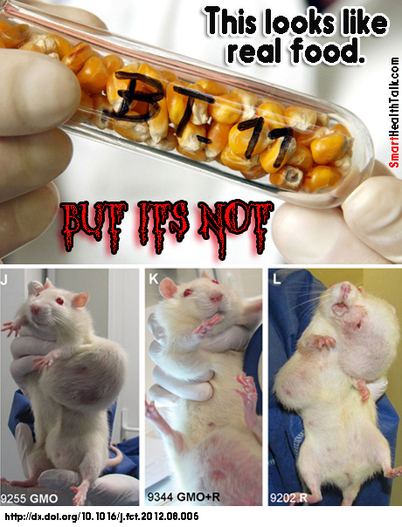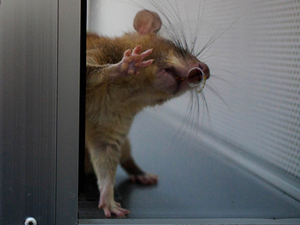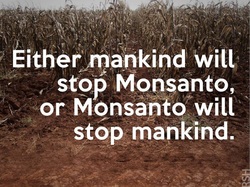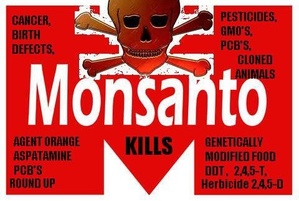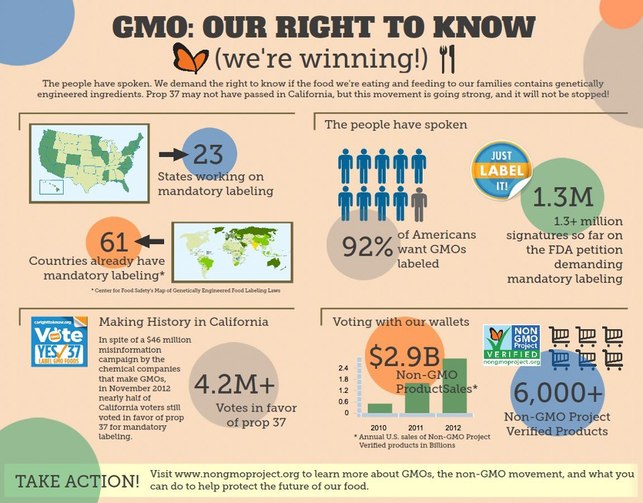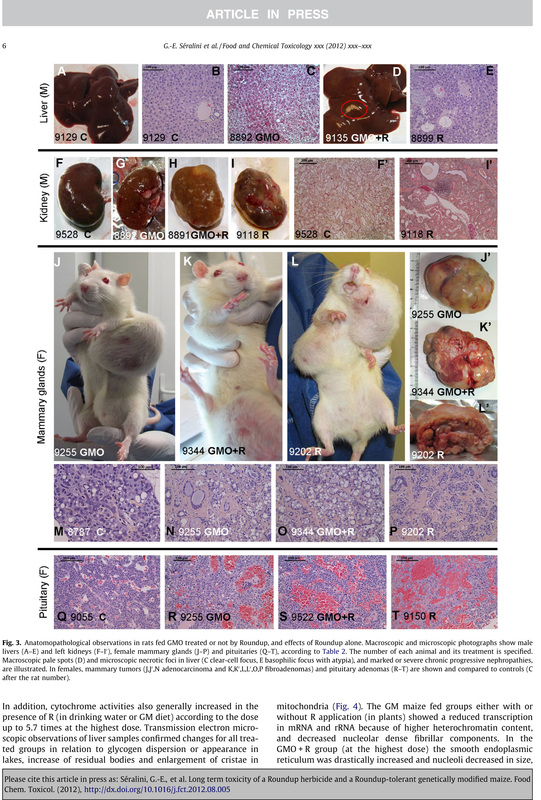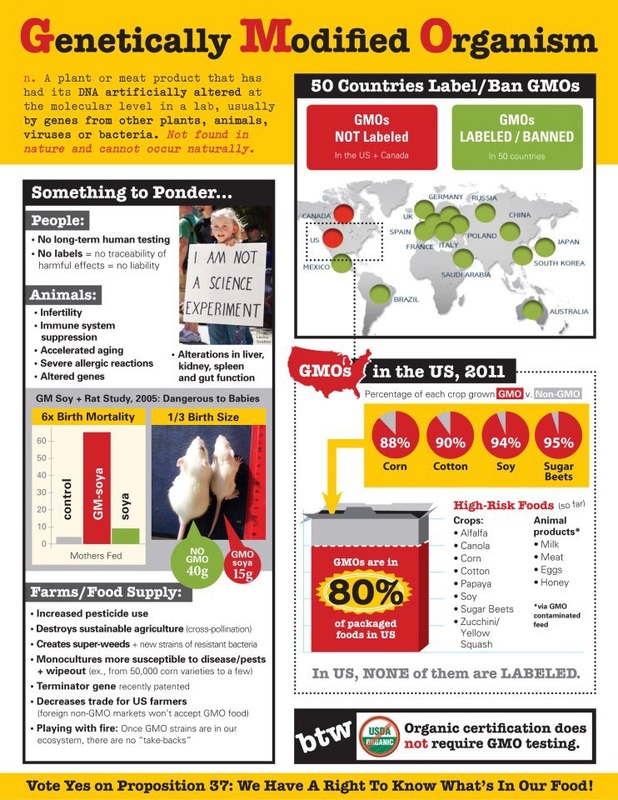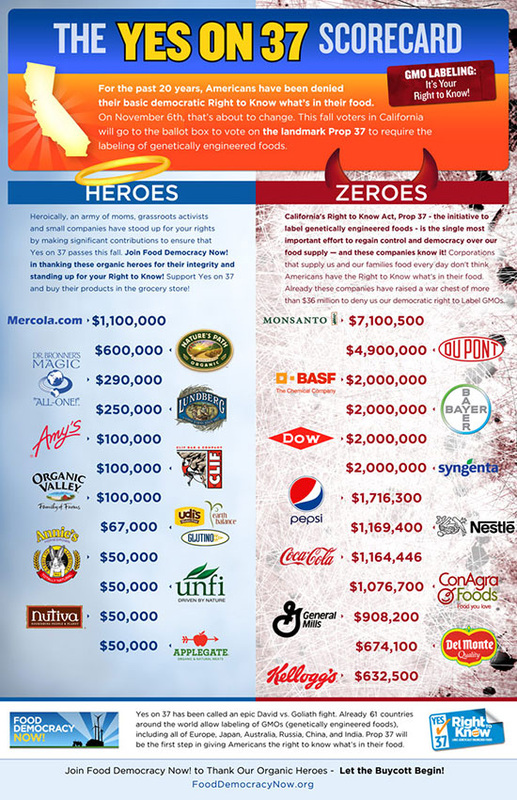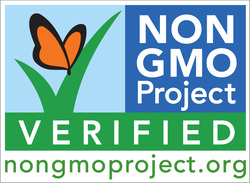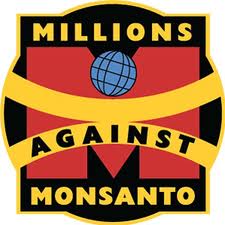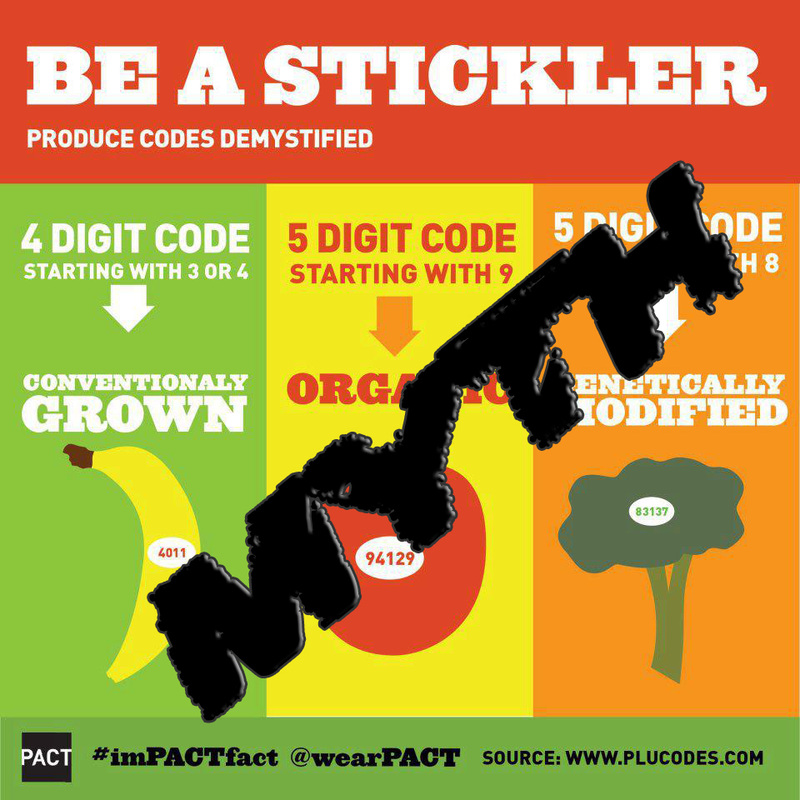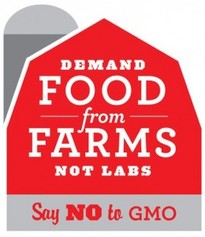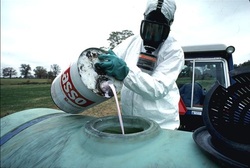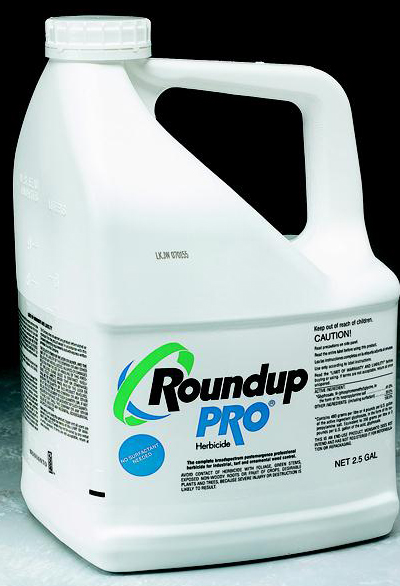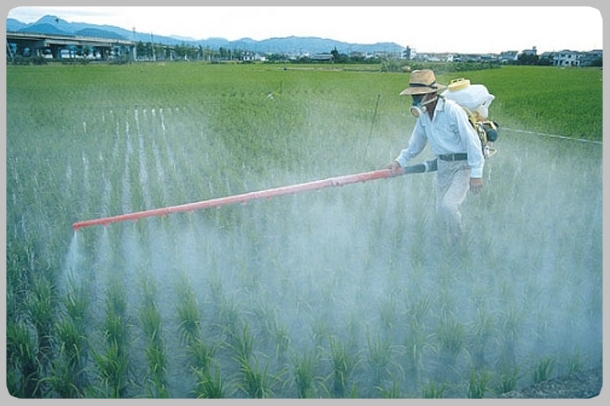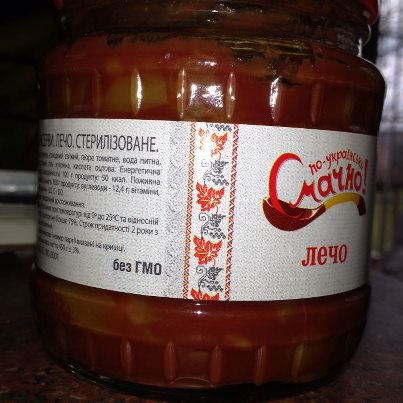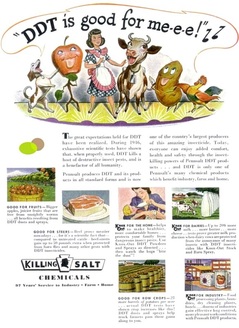|
|
|
|
|
|
Some advice from host Elaine McFadden, MPH, RDKeep GMOs out of your families food. Call the White House and your legislators and tell them you don't want GMOs in your food think they should be labeled. In the meantime find out what companies have paid millions of dollars to keep you from knowing what's in your food. Take a look at the names of the companies that have been fighting for YES on Prop #37 and your Right to Know what's in your food. We have their names here: Find out what companies paid millions so you can't know if GMOs are in your food.
|
|
|
|
View Results of French Study Released 9-12
Click for larger version.
Click here to find out what Vandana Shiva says about GMOs. Her perspective might surprise you.
Quick GMO Fact Sheet
Who's paying so you know or NOT know what's in your food.
Using billions of dollars, Monsanto has transitioned over 90% of our corn, soy, cotton, and canola to GMO over just the last 10 years. Those fighting it with everything they have are products with one or both of these two seals. They only thing you can trust to be non GMO.
Avoid GMO effects. Don't buy them!
Know GMO products.
Know GMO products.
Here are the Monsanto All Stars or failures as they are now called. GMO seed and Round Up Ready pesticide. If an insect eats some of the plant grown from these seeds, they die because the plant has a special genetically modified pesticide it makes as it grows. That pesticide in the plant targets intestinal cells and destroys them. They can do that in our guts too because we also eat those plants. This can lead to "leaky gut." The Round Up is the double pesticide whammy you get when you eat the food. Round Up kills because it binds with nutrients in the soil and starves the weeds. The plant you eat is growing in the same soil. No wonder we have so many deficiency diseases because we are being starved of nutrition, poisoned, and attacked by genetically modified organisms.
Some fields are located close to where people live and children play. Have heard that you can see people in the full protection gear while spraying a field right across the street from a school.
Conventional rice farming practices not only spray heavy pesticides, but then they burn the fields and pollute air for miles around with thick black smoke. That's not how organic rice farmers do it. What's left on the field is used to fertilize soil. Why pollute when you don't need to? Better for everyone.
How do you say No GMO in Russian? See if you can spot it on the label.
Latest GMO News
Remember when they told us smoking and DDT was safe?

